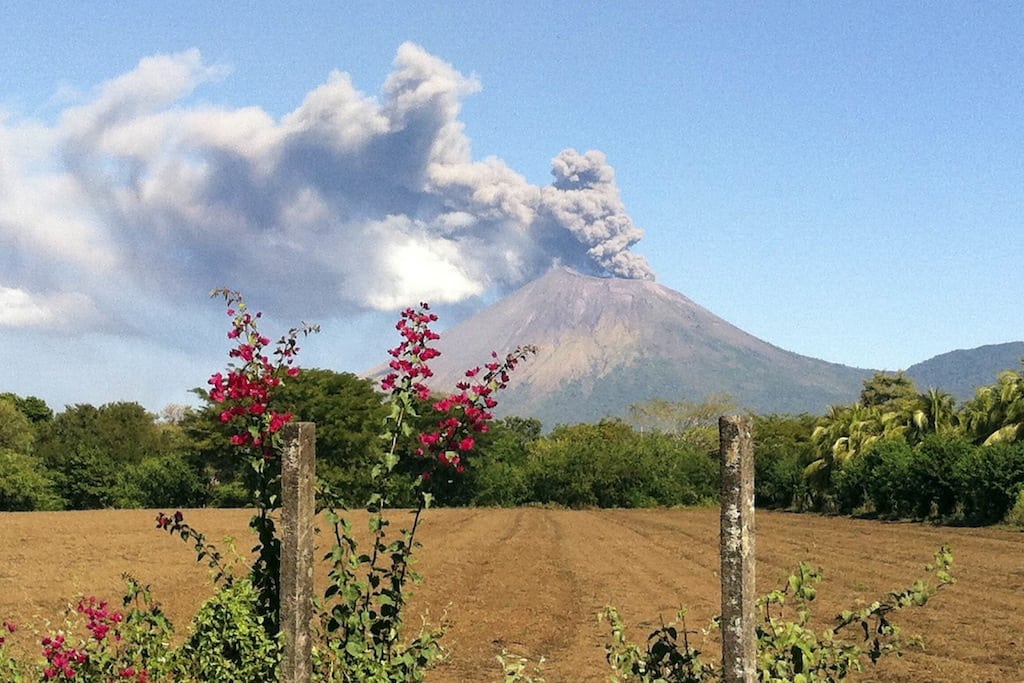Skift Take
EasyJet was one of many European airlines whose operations were battered by the Eyjafjallajökull eruption in 2010, and recent events suggest natural disasters are on rise making protective systems a priority among travel operators.
EasyJet Plc, Europe’s No. 2 discount carrier, plans to create an artificial ash cloud with partners Airbus SAS and Nicarnica Aviation in August to trial a detection system designed to help jets avoid volcanic dust.
The test, to be carried out at 30,000 feet, will involve one jet releasing dust gathered from Icelandic volcanoes into the atmosphere. A second plane will then use the new Airborne Volcanic Object Identifier and Detector to avoid the artificial cloud, Luton, England-based EasyJet said in a statement today.
The AVOID system detects particles as far as 100 kilometers (62 miles) away, making it possible for pilots to adjust flight paths around dangerous particle clouds. European airline traffic slumped 12 percent in April 2010, exceeding the worst declines of the latest recession, as ash from Iceland’s Eyjafjallajökull volcano grounded 100,000 flights. Carriers lost at least $1.7 billion in the first six days of the event, according to industry figures.
“Finalizing the approval of the AVOID technology is as crucial now as ever to ensure we never again see the scenes of spring 2010,” EasyJet Engineering Director Ian Davies said in the statement. The airline said it transported a ton of ash from Iceland to use for the test.
Abrasive, silica-based material from volcanoes can clog engines and scar windshields. Similar to weather radars already in use, the infra-red AVOID system EasyJet is testing dates from 1993 and was developed by the U.S. military. On the ground the technology could be used to map a cloud, making it possible for air controllers to limit disruption.
Dust Density
Whereas the U.S. Federal Aviation Administration imposes a 120 mile-buffer zone around areas of visible ash, Eurocontrol, which governs Europe’s flight paths, based no-fly areas on models from the U.K. Met Office’s Volcanic Ash Advisory Center that assesses dust density according to weather forecasts.
When Eyjafjallajökull erupted, authorities ordered pilots to avoid all ash. The threshold was later changed so that they could fly through plumes where 0.002 grams of ash was present per cubic meter of air, and that limit was later doubled, subject to an airline getting approval from the engine maker.
Editors: Kim McLaughlin and John Bowker.
To contact the reporter on this story: Kari Lundgren in London at [email protected]. To contact the editor responsible for this story: Benedikt Kammel at [email protected].
![]()
The Daily Newsletter
Our daily coverage of the global travel industry. Written by editors and analysts from across Skift’s brands.
Have a confidential tip for Skift? Get in touch
Photo credit: The San Cristobal volcano spews up large clouds of gas and ash near Chinandegga City, some 150 km (93 miles) north of the capital Managua December 26, 2012. Stringer / Reuters
